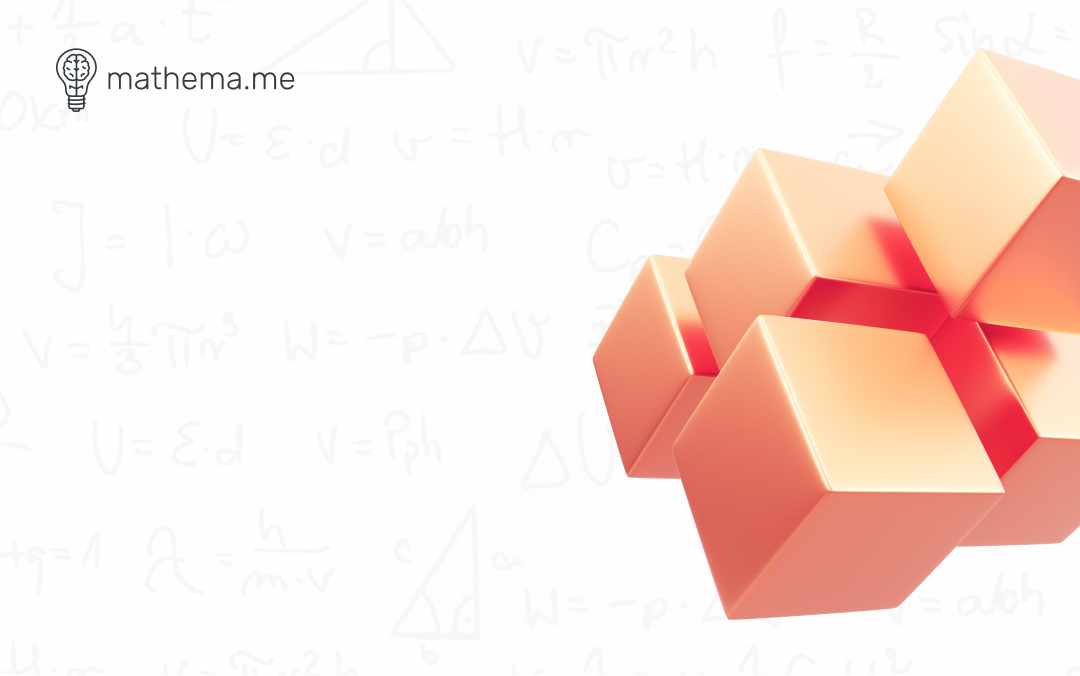Division can seem like a daunting mathematical task for children. However, with the right teaching methods, kids can learn to divide numbers with ease. Many mathematical skills are formed by division in a child. It is one of the 4 common operations and serves in the chain of underlying calculations. In addition, division is an intellectual ability that kids will use in every moment when they deal with divisibility in their daily lives — from dividing a pie to sharing candies among siblings.
The division is an arithmetic operation where a quantity is split into equal parts or groups, represented as:
Dividend ÷ Divisor = Quotient
The dividend is the total amount being divided, the divisor is the number dividing the dividend, and the quotient is the result showing how many times the divisor fits into the dividend.
This article will provide a comprehensive guide on how to do division for kids, focusing on helping them understand and enjoy the process of division.
Understanding Division
The first step in teaching division to kids involves explaining the concept.
Division as Sharing
Sharing is a familiar concept for children. It’s something they do every day, whether it’s sharing a toy with a sibling or splitting a snack with a friend. Using this everyday activity to demonstrate division can make the concept more relatable and easier to understand. For instance, if a child has ten stickers and wants to share them equally with two friends, he would divide the stickers between the friends. The division operation becomes a tangible reality for the child.
Division as Grouping
Grouping is another way to illustrate division. If a child has twenty marbles and wants to create groups of five, how many groups can they make? By physically creating these groups, children can visualize the division process.
Chunking: A Helpful Division Method
As kids progress, they are introduced to a method known as chunking. Chunking is a process where larger numbers are divided through repeated subtraction of the divisor from the dividend until an answer is reached. This method can be a bit slow but is great for developing mental arithmetic skills required for more complex division later.
Mathematical Concept of Division
Mathematically, division is an arithmetic operation that represents splitting a quantity into equal parts or groups. It’s the opposite of multiplication.
- Dividend: This is the total quantity or amount that you want to divide. For example, if you have 12 candies, 12 is the dividend.
- Divisor: This is the number by which you divide the dividend. For example, if you want to share the 12 candies among 3 friends, 3 is the divisor.
- Quotient: This is the result of dividing the dividend by the divisor. It tells you how many times the divisor fits into the dividend evenly. In our example, the quotient is 4, meaning each friend gets 4 candies.
- Remainder (optional): If the divisor doesn’t divide the dividend evenly, you might have some left over. This is called the remainder. For instance, if you had 13 candies and you wanted to share them among 3 friends, each friend would get 4 candies, and there would be 1 candy left over as a remainder.
Mathematically, the division is represented as follows:
Dividend ÷ Divisor = Quotient
So, in our example:
12 ÷ 3 = 4
Division helps in situations where you need to distribute or allocate resources, solve problems involving sharing or grouping, or understand ratios and proportions.
Practical Steps to Teach How To Do Division
Teaching how to do division involves a series of progressive steps that build on each other. Here’s a step-by-step guide to help you navigate this process.
Step 1: Introduce Simple Division
Start with simple division problems where numbers can be evenly divided. Use physical objects, like candies or toys, to demonstrate the division operation. Write out the division problem and the solution, using the division symbol (÷). For example, if there are eight cookies and four people, each person gets two cookies. This can be written as:
8 ÷ 4 = 2
H3. Step 2: Introduce Division with Remainders
Once your child is comfortable with simple division, introduce the concept of remainders. For example, if there are eleven candies and three friends, each friend gets three candies, and two candies are left over. This is represented as:
11 ÷ 3 = 3, with a remainder of 2.
Step 3: Teach Long Division
Long division can be challenging for kids to grasp, but with consistent practice and patience, they can master it. Start with easy issues and gradually increase the complexity. Teach them to divide, multiply, subtract, and bring down the next number in sequence.
The Role of Times Tables in Division
Knowing multiplication tables by heart plays a huge role in the division. Understanding the relationship between multiplication and division helps kids solve division problems more efficiently. For instance, if they know that 2×5=10, they can quickly figure out that 10÷5=2 and 10÷2=5.
Making Division Fun
To make learning division more enjoyable, incorporate games and activities into your teaching. Use manipulatives, like blocks or counters, to physically demonstrate division problems. Play division bingo, where the kids must solve division problems to mark off numbers on their bingo cards.
Practice, Practice, Practice
The key to mastering division is practice. Provide lots of opportunities for your child to practice division, both with and without remainders. Use worksheets, online games, and real-world examples to reinforce the concepts you’ve taught.
Division Practice: Quizzes for Kids
1. What is 12 divided by 3?
- a) 4
- b) 6
- c) 3
- d) 9
2. Divide 18 by 6.
- a) 3
- b) 4
- c) 6
- d) 2
3. Calculate 15 divided by 5.
- a) 2
- b) 3
- c) 5
- d) 4
4. What is 24 divided by 4?
- a) 5
- b) 8
- c) 6
- d) 7
5. Divide 27 by 9.
- a) 3
- b) 6
- c) 9
- d) 4
Answers:
- a) 4
- a) 3
- b) 3
- b) 6
- a) 3
Conclusion
Teaching how to do division for kids can be fun and a fulfilling thing. Studies show that children feel less overwhelmed with the concept by doing simple steps, using real-life examples and engaging them in fun activities.
Hence, to help your child understand and know division via analysis, providing concrete examples, and creating a fun environment. In order to increase your child’s chances of effective learning through the Mathema platform, an online resource centre, be sure to have a look at the desirable tools they offer.
Frequently Asked Questions
- What is division? The division is one of the four basic mathematical operations. It involves dividing a number into equal parts or groups.
- How can I teach my child division? Start by explaining the concept of division as sharing or grouping. Use physical objects to demonstrate division, and gradually introduce problems with remainders and long division.
- Why is division important? The division is the first basic operation taught in mathematics. It is one of few situations where most people understand the “math” behind it and actually use it. For example, it is used in splitting a bill or making decisions about how many slices of pizza each person gets.
- How can I make division fun for my child? Incorporate games and activities into your teaching. Use manipulatives, like blocks or counters, to physically demonstrate division problems. Play division bingo or other math-related games to keep learning fun and engaging.



